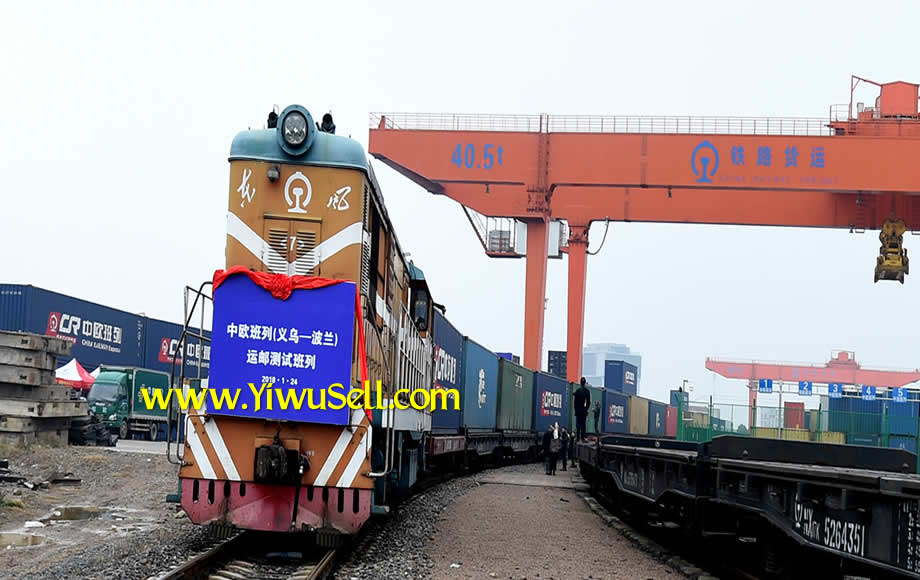Since China began to open up and reform its economy in 1978, GDP growth has averaged almost 10 percent a year, and more than 850 million people have been lifted out of poverty.
China one belt one road Yiwu Market frieight train to Poland.
Today, China is an upper-middle-income country and the world’s second largest economy. But its per capita income is still only about a quarter of that of high-income countries, and about 373 million Chinese are living below the upper-middle-income poverty line of US$5.50 a day. China also lags in labor productivity and human capital. Income inequality has improved over the last decade but remains relatively high.
China’s high growth based on resource-intensive manufacturing, exports, and low-paid labor has largely reached its limits and has led to economic, social, and environmental imbalances. Reducing these imbalances requires shifts in the structure of the economy from low-end manufacturing to higher-end manufacturing and services, and from investment to consumption.
Over the past few years, growth has moderated in the face of structural constraints, including declining labor force growth, diminishing returns to investment, and slowing productivity. The challenge going forward is to find new drivers of growth while addressing the social and environmental legacies of China’s previous development path.
China’s rapid economic growth exceeded the pace of institutional development, and there are important institutional and reform gaps that China needs to address to ensure a high-quality and sustainable growth path. The role of the state needs to evolve and focus on providing stable market expectations and a clear and fair business environment, as well as strengthening the regulatory system and the rule of law to further support the market system.
Given its size, China is central to important regional and global development issues. China is the largest emitter of greenhouse gases, and its air and water pollution affects other countries. Global environmental problems cannot be solved without China’s engagement. Moreover, maintaining economic growth at reasonable levels has important spillovers for the growth of the rest of the world economy.
Many of the complex development challenges that China faces are relevant to other countries, including transitioning to a new growth model, rapid aging, building a cost-effective health system, and promoting a lower carbon energy path. China is a growing influence on other developing economies through trade, investment, and ideas.
Like everywhere in the World, China’s most immediate challenge is related to the economic, social and public health impacts of the COVID-19 pandemic. The outbreak led to an unprecedented economic shock that brought economic activity to a sudden halt in the first quarter. Growth is expected to rebound in the remainder of the year as supply side constraints ease and pent-up demand is released amid a roll back of prevention measures. However, job losses, shortfalls in corporate revenue and uncertainty will slow the return to previous levels of consumption, investment and trade. While additional fiscal support and monetary easing is expected to help lift domestic demand, the impending global recession is also expected to restraint the pace of recovery. Beyond the immediate impacts, the current outbreak has uncovered vulnerabilities. This calls for resolute policy actions that enhance resilience against similar health shocks, including enhanced food safety, health surveillance and response systems.
